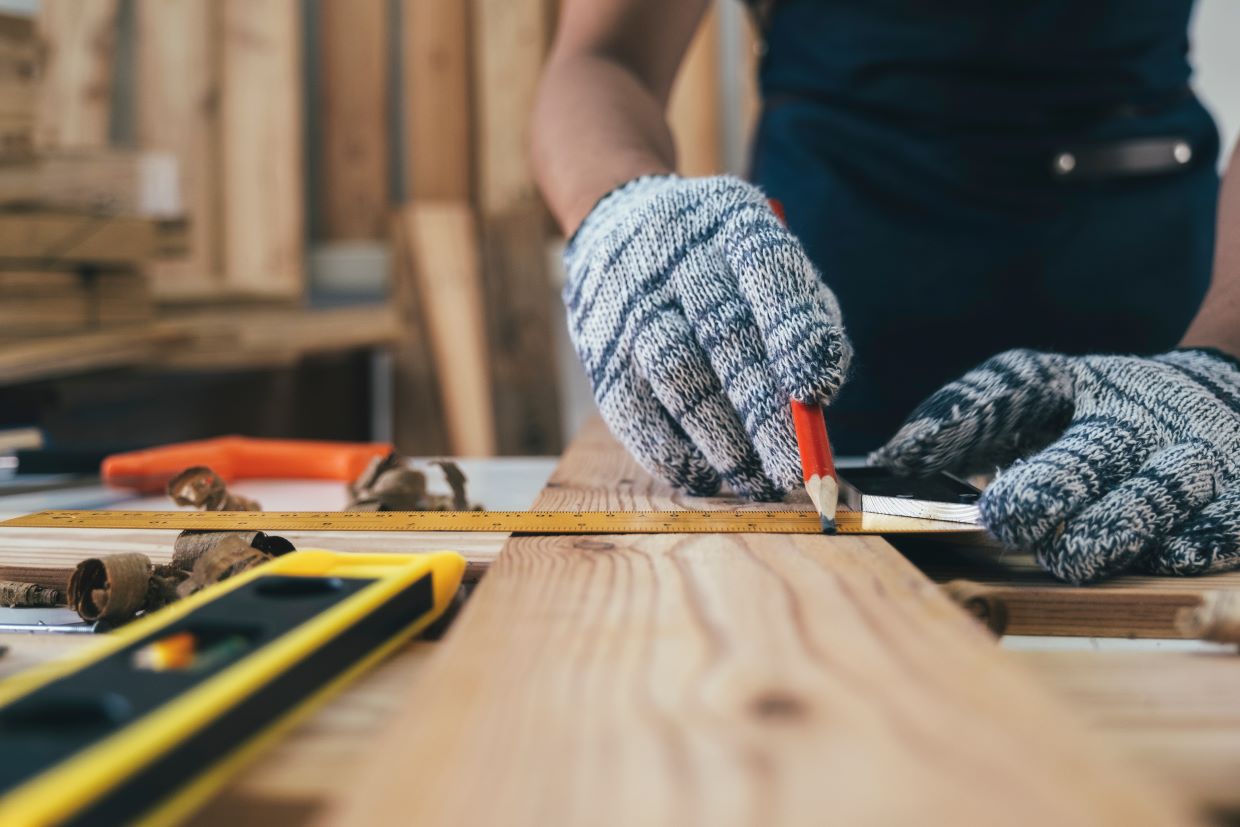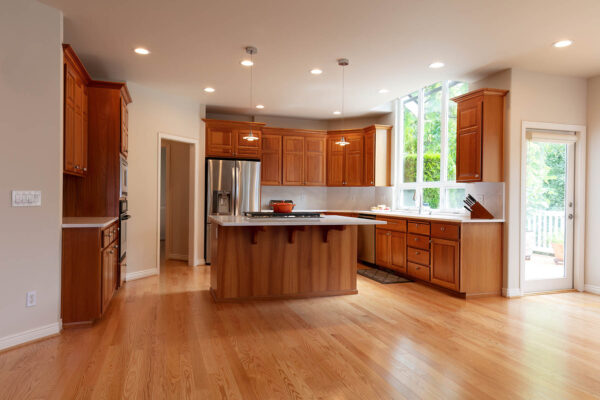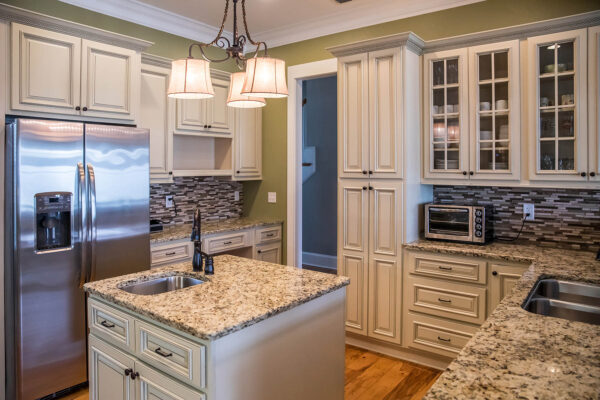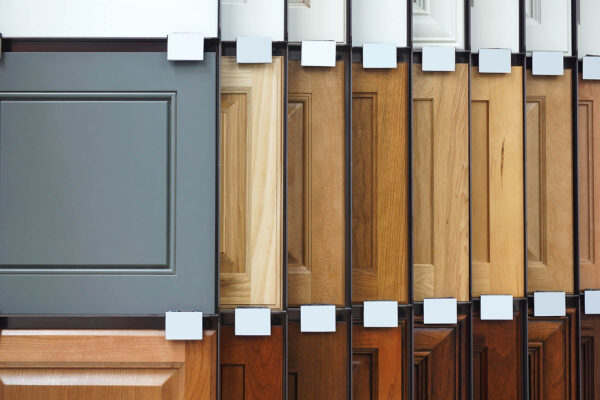How to Build Shaker Cabinets
Shaker cabinets have earned a well-deserved reputation as a beloved and enduring cabinet style. Rooted in the Shaker community’s ethos of simplicity, practicality, and fine craftsmanship, these cabinets have transcended time and remain a popular choice for kitchens and other spaces.
The Shakers, a religious sect that emerged in the 18th century, emphasized minimalism and utility in all aspects of their lives, including furniture and cabinetry. The design philosophy of Shaker cabinets is characterized by clean lines, square edges, and a lack of excessive ornamentation, showcasing their commitment to form following function. This timeless aesthetic has made Shaker cabinets a versatile choice that effortlessly blends with various interior design styles, from traditional to contemporary.
Beyond their elegant appearance, Shaker cabinets offer functionality and durability. Crafted with meticulous attention to detail, these cabinets are built to withstand the demands of daily use. The focus on quality craftsmanship, often utilizing techniques such as mortise and tenon or dovetail joints, ensures their long-lasting performance and durability.
The appeal of Shaker cabinets extends beyond their aesthetic and practical qualities. Their historical significance as a representation of the Shaker community’s commitment to simplicity and craftsmanship adds a layer of cultural appreciation to these cabinets. By incorporating Shaker cabinets into your space, you pay homage to a rich heritage while enjoying their timeless elegance and functionality.
In this comprehensive guide, we’ll cover the process for how to build shaker cabinets.
Tools and Materials Needed:
- Plywood or solid wood for cabinet boxes
- Plywood or solid wood for cabinet doors
- Table saw or circular saw
- Miter saw or miter box
- Router with a straight bit
- Drill
- Pocket hole jig
- Clamps
- Wood glue
- Screws
- Cabinet hardware (handles, knobs, hinges)
- Sandpaper
- Paint or stain (optional)
- Varnish or sealer (optional)
Step 1: Design and Planning
- Measure the dimensions of your space and determine the desired size and layout of your cabinets.
- Sketch out the design, taking into account the number of doors, drawers, and any specialized features such as pull-out shelves or spice racks.
- Calculate the amount of wood and other materials needed based on your design.
Step 2: Building the Cabinet Boxes
- Cut the plywood or solid wood panels into the desired sizes for the cabinet boxes using a table saw or circular saw.
- Assemble the cabinet boxes using wood glue and screws. Use a pocket hole jig to create strong and concealed joints.
- Install shelf supports or adjustable shelving according to your design.
Step 3: Constructing the Cabinet Doors
- Cut the plywood or solid wood panels for the cabinet doors to the desired size using a table saw or circular saw.
- Use a router with a straight bit to create a groove around the inside edges of the door panels.
- Cut the rails and stiles for the doors using a miter saw or miter box, ensuring they fit together properly with the grooves in the door panels.
- Assemble the door frames by applying wood glue to the joints and securing them with screws or dowels.
- Insert the door panels into the grooves and secure them with a small amount of wood glue.
Step 4: Finishing and Installation
- Sand all surfaces of the cabinets, doors, and drawers to achieve a smooth finish.
- Apply paint or stain to the cabinets and doors, following the manufacturer’s instructions. Allow adequate drying time between coats.
- Apply a protective varnish or sealer to enhance durability and add a professional finish (optional).
- Attach the cabinet hardware, including handles, knobs, and hinges, to the doors and drawers.
- Install the cabinet doors onto the cabinet boxes using the chosen hinges.
- Mount the cabinets onto the wall, ensuring they are level and securely attached to studs or wall anchors.
- Make any necessary adjustments to ensure proper alignment and functionality of the doors and drawers.
Building Shaker cabinets requires precision and attention to detail, but with patience and proper planning, you can create beautiful and functional cabinets that fit your space and style. Remember to prioritize safety, use the appropriate tools and materials, and consult professional resources or experts if needed when learning how to build shaker cabinets. By embarking on this DIY project, you can enjoy the satisfaction of constructing custom Shaker cabinets that add character and elegance to your home.





